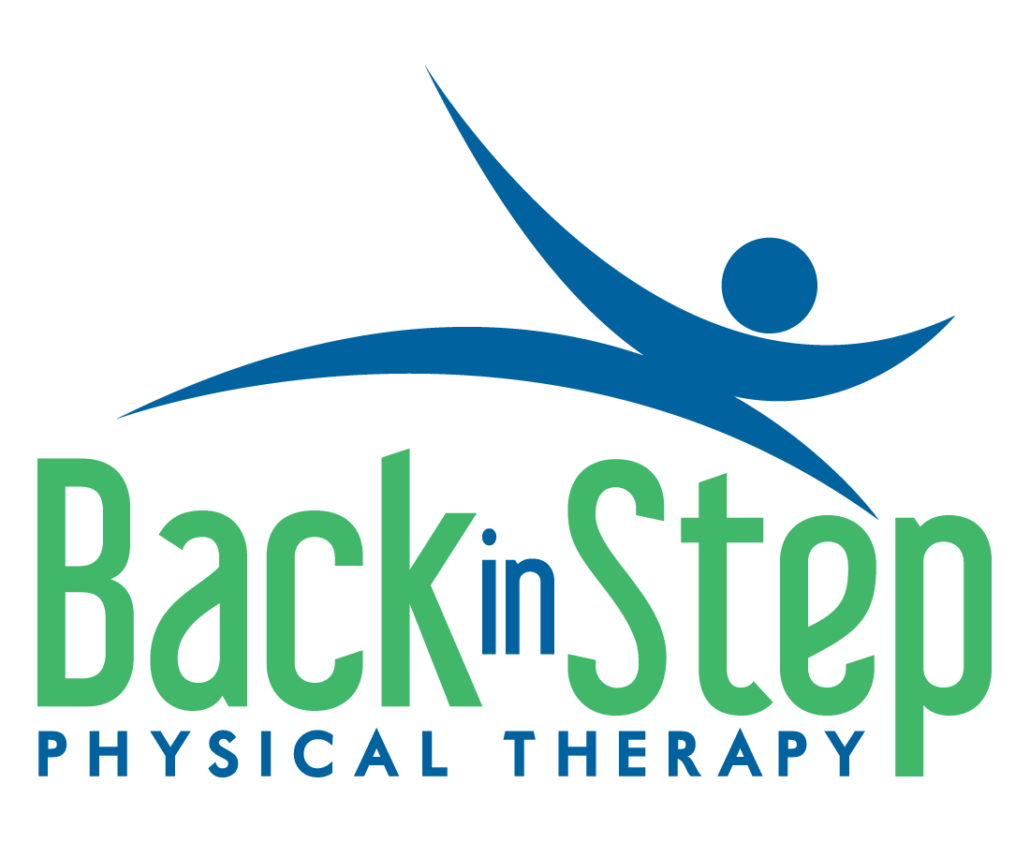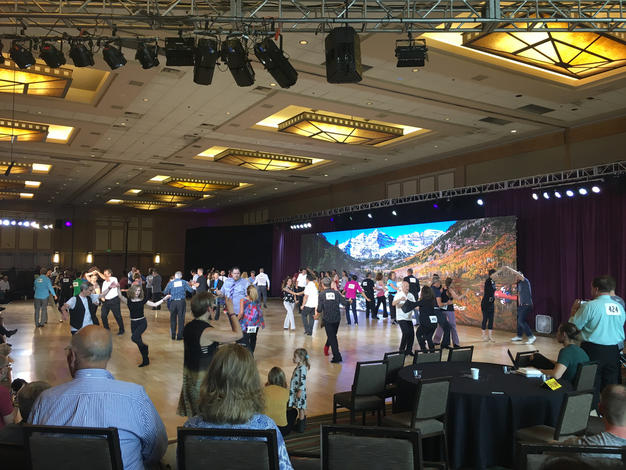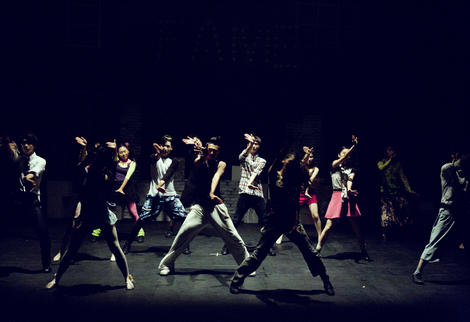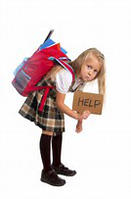Swingtime in the Rockies 2017 – West Coast Swing event
At the end of July, I had to chance to participate in another competition weekend at the Westin hotel in Westminster – Swingtime in the Rockies. The entire event is spent around my favorite style of dance to participate in these days, West Coast Swing.

Swingtime in the Rockies
First, A Little Bit About the Typical West Coast Swing Event Weekend
Workshops
The weekend included many hours of workshops, where groups of students of various levels are taught by either a professional couple or individual. It’s a chance to build upon your basic knowledge, to revisit things that you’ve heard a million times but just need it explained a little differently, or to learn new a technique or move to incorporate into your dance. One thing that is great about this event is that they offer Project Swing Workshops – free workshops geared toward new dancers. There is one scheduled every day, and can be great for people who have just recently started and want to review, or someone who has never tried but is inspired to give it a shot.
Competitions
Competitions include a variety of options, and run throughout the weekend. Some of them are a “one and done” approach, dancing with one partner for one song. Others may require up to 3 rounds of competition, making cuts after each, until the top placements are determined.
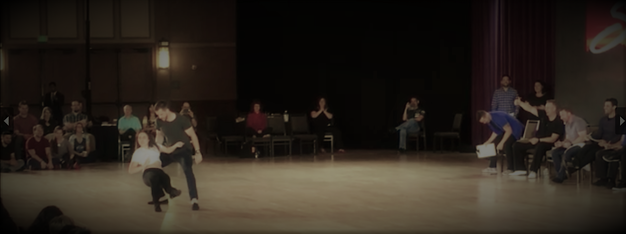
Champions Jack & Jill – Tara Trafzer & Sean McKeever
Let’s talk about the types of competition – Routine, Strictly, Jack and Jill (J&J). I’ve included links of some fun examples of each kind of competition, so please check them out!
- Routines are what most people envision, but typically has the lowest number of competitors, compared to some of the other options. As part of doing a routine, partners are chosen in advance, costumes are made, and choreography is determined. Routines require many hours of rehearsal to perfect everything, even down to when you turn your head or point a finger.
- Routines can be a part of 3 basic divisions – Rising Star, Classic, and Showcase.
- Rising Star – this is an amateur division. Rules can vary a little bit from event to event, but it’s a great way for competitors to start early, and gain a different kind of competition experience.
- Classic – this division demonstrates some of the more typical, but advanced, aspects of swing dancing.
- Showcase – building upon the idea of the classic division, dancers are allowed to do lifts and aerial tricks as part of their routines.
- Routines can be a part of 3 basic divisions – Rising Star, Classic, and Showcase.
- A “Strictly” involves partners who have chosen one another ahead of time, but don’t know the music that they’re going to be dancing to.
- The “Jack & Jill” or “J&J” is what I consider to be the most fun! You don’t know your music, much like the Strictly, but you also don’t know your partner. You may never have even met before!
Now that you know more about the types of competition, let’s talk about some other options.
You can dance within your own level – for example, I am currently an Intermediate level dancer, and I would dance with another Intermediate dancer. You can dance in an Open, meaning that you can dance with a partner of any level. Finally, you can do something called a Pro-Am. This is when an amateur dancer, like myself, dances with a Professional. Competitions can be made up of just about any combination of the types and levels mentioned above, which also provides plenty of opportunities to compete.
Social Dancing
When you see “social dancing” on the schedule, it means that a DJ plays music for people to dance to as they want. People will go up to another person, whether they know them or not, and ask them to dance. The first night of social dancing is often one of the more quiet nights, but can also be fun because you have more space to play! Saturday night tends to be the most popular night for dancing, and Sunday night is for those who just can’t seem to get enough from the rest of the weekend.

Social Dancing on Friday night
Social dancing may last throughout the night, sometimes going until 6am or later. I’ve often heard, and experienced, that some of the best dancing happens between 1am and 4am. It becomes a decision of sleep vs dance, and, let me tell you – a lot of people choose dance!
More About Swingtime in the Rockies
I wasn’t able to attend the event kick-off Thursday night, July 21st, which started with a workshop by Kyle Redd and Sarah Van Drake, professionals out of California, but I heard that it was a great class (as usual!). Their class was then followed by an evening of social dancing.
Friday started with a few hours of workshops, and then competitions started in the evening. Things began with Pro-Am Jack & Jills, followed by a majority of the Strictly divisions. Competitions wrapped up with Champion Strictly, where we get to watch some of the best of the best at the event, and the creativity runs wild. After competitions were done for the day, social dancing continued throughout the night.
Saturday again started with workshops. Competitions started with the early rounds of Jack & Jills for each level/division. After the dinner break, we started back with Exhibition performances, including Dancing with Friends. After the Exhibitions, the routine division began – Rising Star, Showcase, and Classic. Before social dancing began for the night, we also had some “fun” competitions, the Jill & Jack Open (role reversal) and the Glow Jack & Jill, which truly are just for fun. And what fun they were!

Dancing with Friends
Sunday was the final day of the event. Of course, there were workshops again in the morning. The last of the Pro-Am competitions were next, including Pro-Am Strictly and Pro-Am Routines. Next up – the final rounds of all of the Jack & Jill divisions, including Champions. These dancers had survived the last cuts, and were dancing for final placements, which could result in trophies, money earnings, point distributions to help move up in the levels, and, at the very least, bragging rights! Dancers then had a chance to get their last hours of social dancing in.
Back in Step PT and Swingtime
I was able to go to this event this year not only as a competitor, but also to represent Back in Step Physical Therapy. We offered a variety of services for dancers, including kinesiotaping, trigger point dry needling, and other preventive and rehabilitative physical therapy services.

Intermediate Jack & Jill – Alyssa Arms & Joe McEndree
It’s important to have options for dancers, who are artistic athletes, to have prompt and reliable care for both new and old injuries, but also to find assistance and guidance in injury prevention. Our goal at Back in Step PT is to offer these opportunities, whether it is on location at dance events or providing services at our clinic in Centennial, CO. So often, dancers forget that we are also athletes – regardless of what level we dance at, if we compete, what style we do, or our motivations of dancing. We easily brush off a tweak of the shoulder, a catch in the neck, or foot pain, to name a few, as a by-product of our hobby, when, in fact, there is something that we could do about it. Or maybe it can even be prevented in the first place.
Learn more about physical therapy and dance in another one of our blogs, Calling All Dancers. That’s where Back in Step Physical Therapy steps in.
If you would like to know more about the services that we offer please see our services page. If would like to have us come to your event, provide a class or workshop, etc., please contact us here.
Also check our our Dancer’s Kit!
